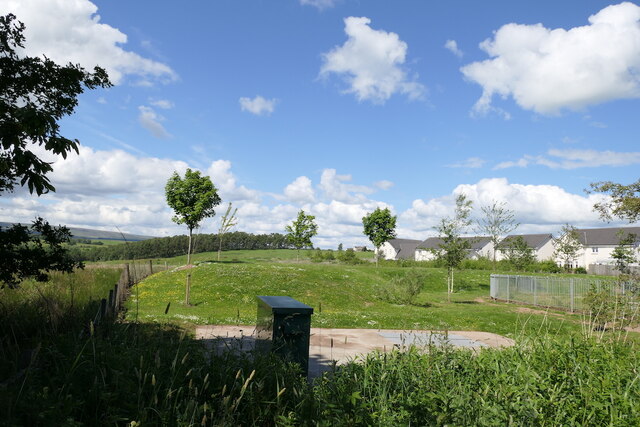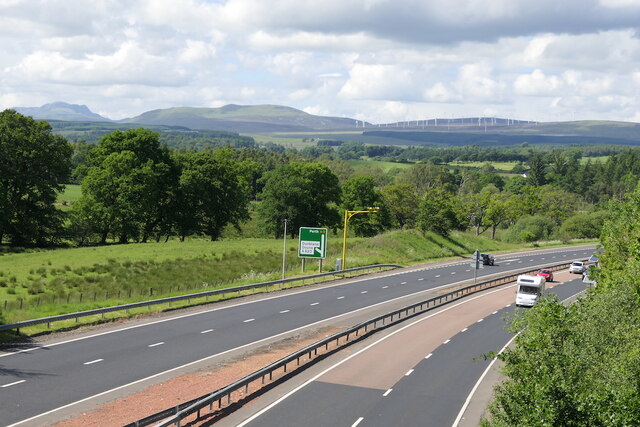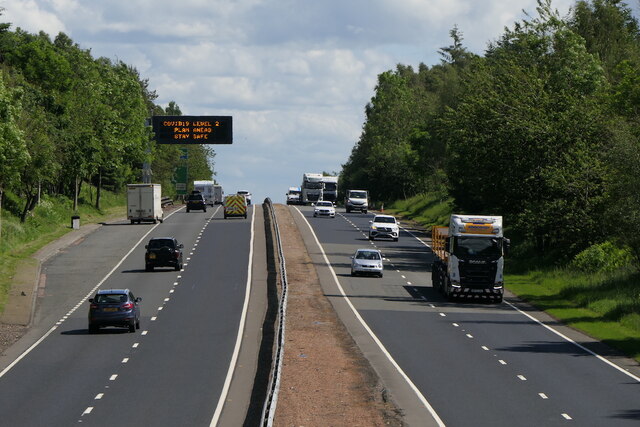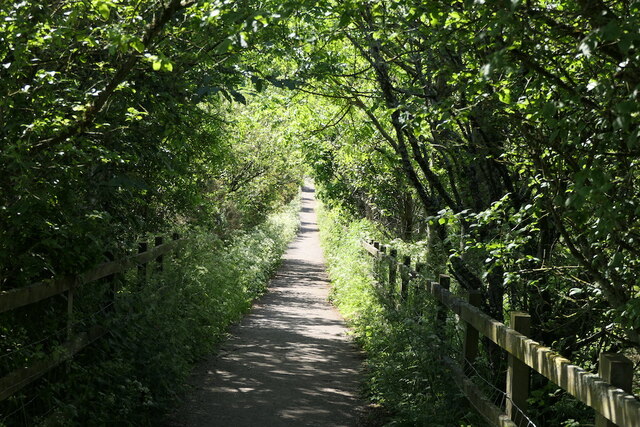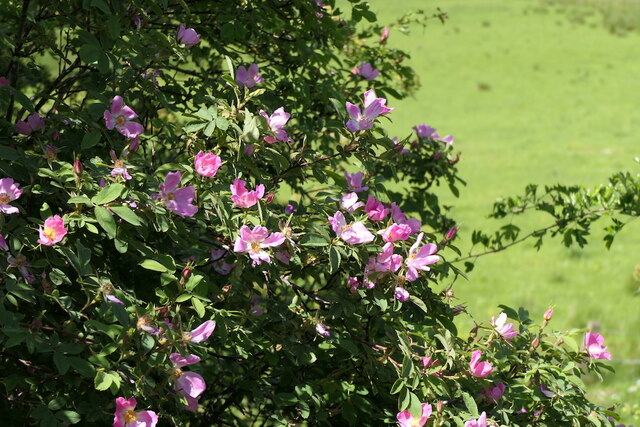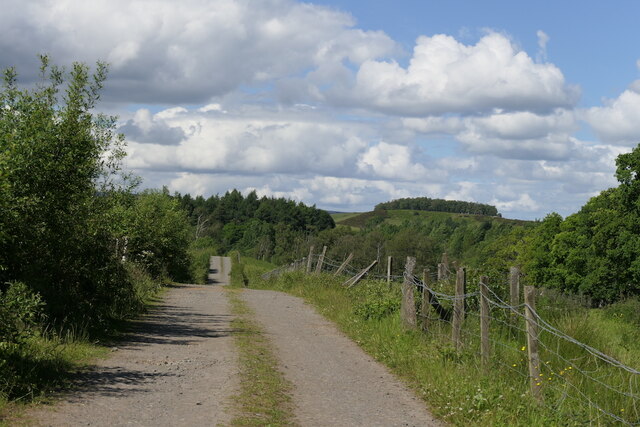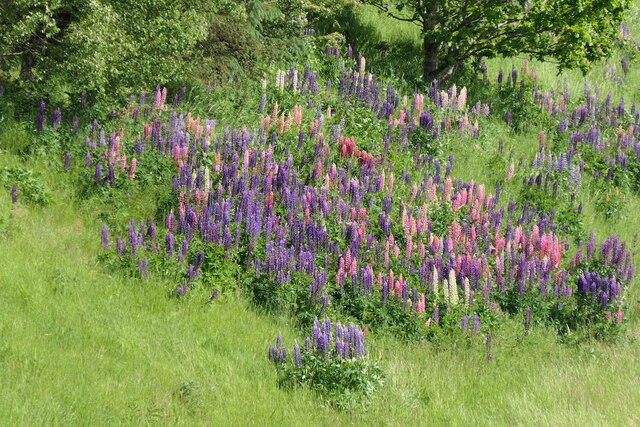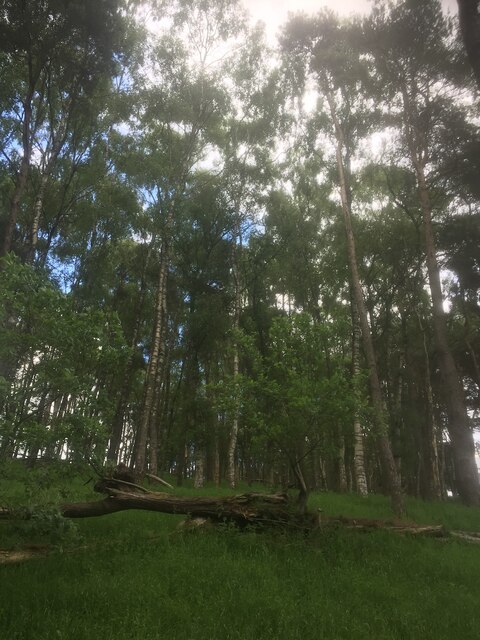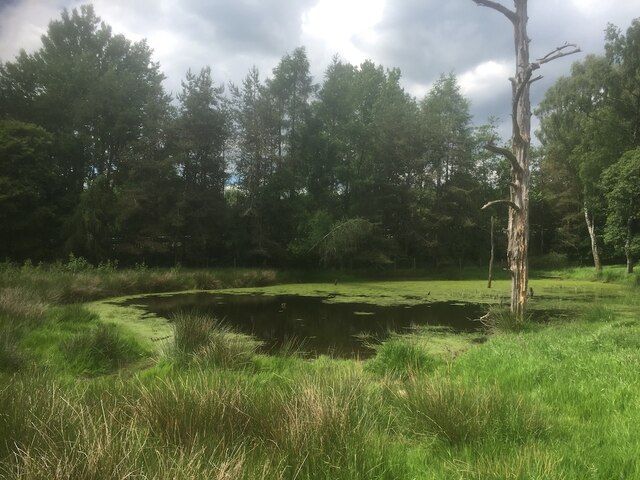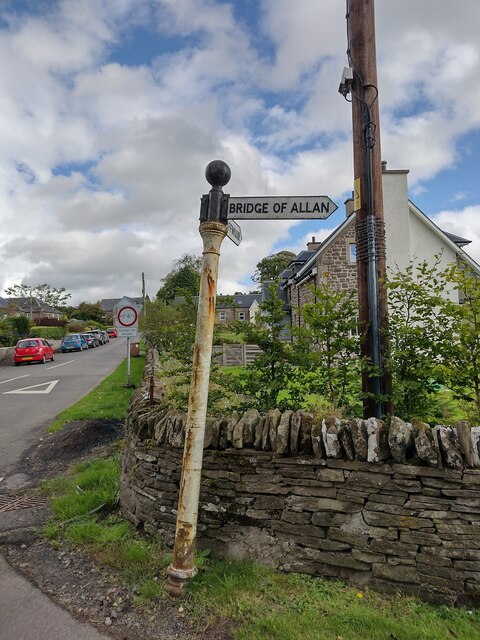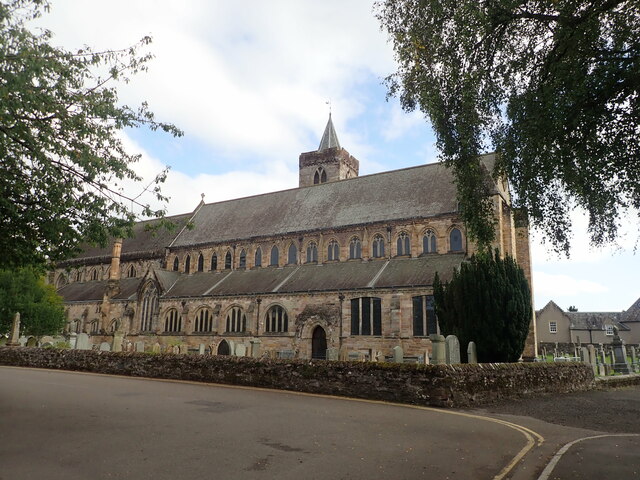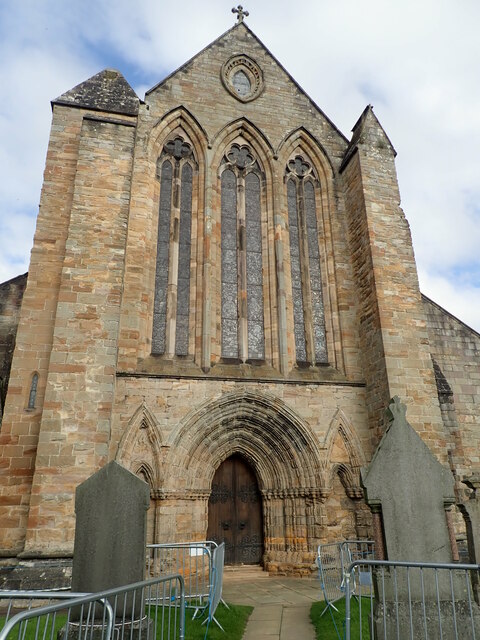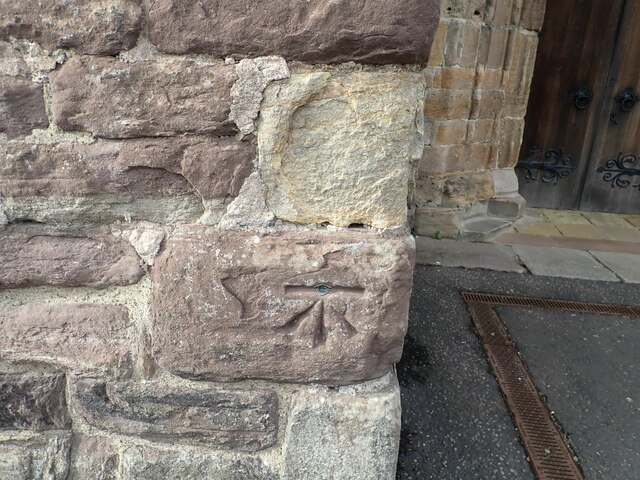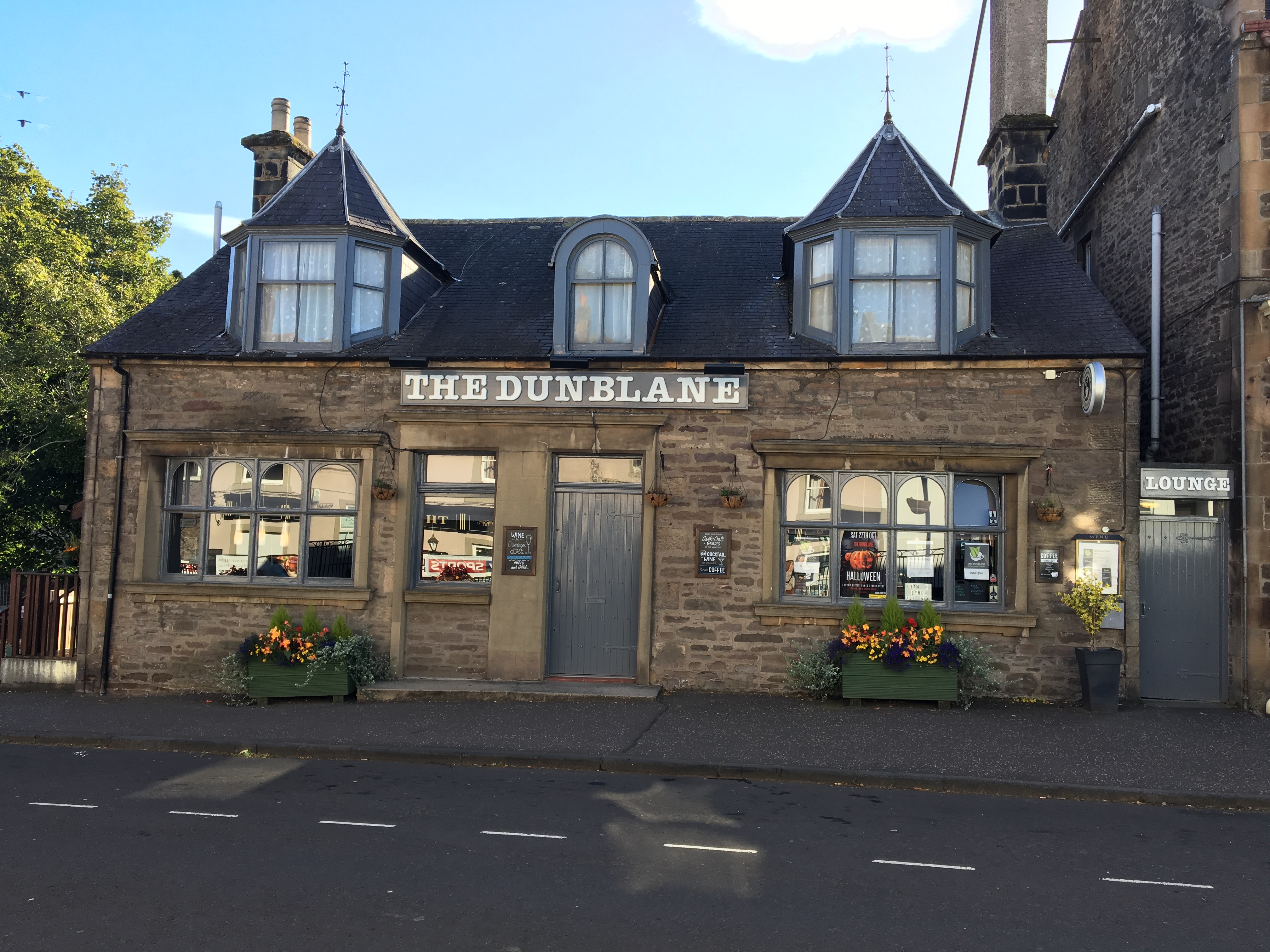Hungryhill Wood
Wood, Forest in Perthshire
Scotland
Hungryhill Wood
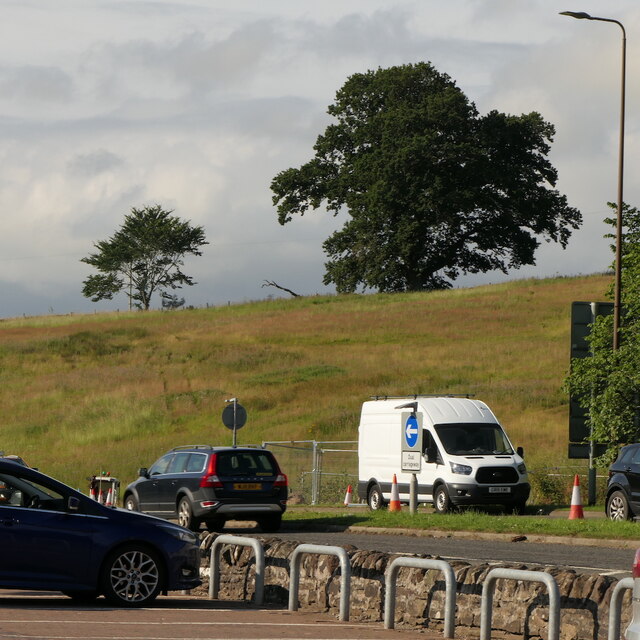
Hungryhill Wood is a captivating forest located in Perthshire, Scotland. Covering an area of approximately 100 acres, it is nestled amidst the stunning landscape of the Scottish Highlands. The wood is easily accessible and offers a delightful experience for nature enthusiasts and outdoor lovers.
The wood is characterized by its diverse range of trees, including oak, ash, beech, and birch, which create a picturesque canopy overhead. These trees provide a habitat for a wide variety of wildlife, including red squirrels, roe deer, and a myriad of bird species. It is a haven for birdwatchers, as they can spot species such as woodpeckers, buzzards, and owls.
Hungryhill Wood is crisscrossed by well-maintained walking trails, allowing visitors to explore the woodland at their own pace. The trails wind through the forest, offering breathtaking views of the surrounding mountains and valleys. In spring, the forest floor bursts into a vibrant display of wildflowers, adding a splash of color to the serene environment.
The wood also contains a small pond, which serves as a watering hole for various wildlife. It provides an ideal spot for quiet contemplation or a picnic, while enjoying the tranquil surroundings. Furthermore, there are benches strategically placed along the trails, offering visitors a chance to rest and soak in the ambiance.
Overall, Hungryhill Wood is a hidden gem in Perthshire, offering a peaceful retreat from the hustle and bustle of daily life. Its natural beauty, diverse wildlife, and well-maintained trails make it a perfect destination for hikers, nature enthusiasts, and those seeking a peaceful escape into nature.
If you have any feedback on the listing, please let us know in the comments section below.
Hungryhill Wood Images
Images are sourced within 2km of 56.175566/-3.9720467 or Grid Reference NS7799. Thanks to Geograph Open Source API. All images are credited.
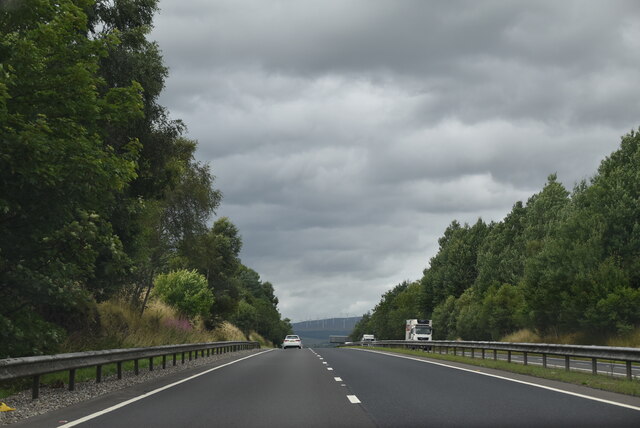
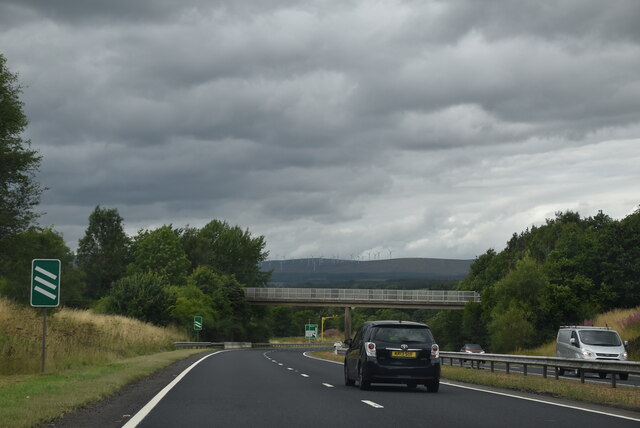
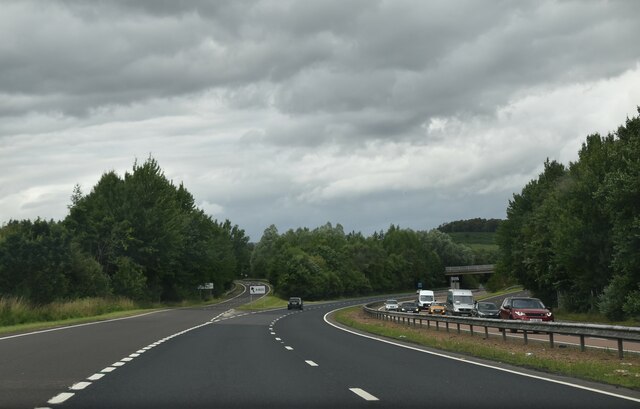
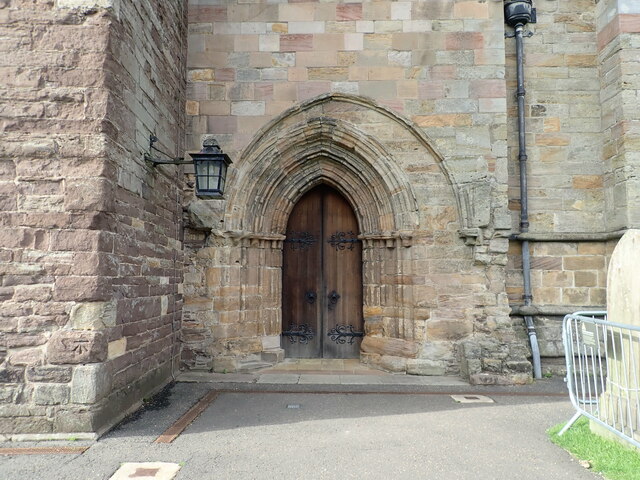
Hungryhill Wood is located at Grid Ref: NS7799 (Lat: 56.175566, Lng: -3.9720467)
Unitary Authority: Stirling
Police Authority: Forth Valley
What 3 Words
///cutlets.eaten.bluffing. Near Dunblane, Stirling
Nearby Locations
Related Wikis
Duckburn Park
Duckburn Park was a football ground in Dunblane, Scotland. It was the home ground of Dunblane and Dunblane Rovers, and hosted a single Scottish Football...
Dunblane
Dunblane (, Scottish Gaelic: Dùn Bhlàthain) is a small town in the council area of Stirling in central Scotland, and inside the historic boundaries of...
Dunblane railway station
Dunblane railway station serves the town of Dunblane in central Scotland. It is located on the former Scottish Central Railway, between Stirling and Perth...
Dunblane Hotel
Dunblane Hotel (also known as The Dunblane) is an historic building in Dunblane, Scotland. Located on Stirling Street, it is a Category C listed building...
Nearby Amenities
Located within 500m of 56.175566,-3.9720467Have you been to Hungryhill Wood?
Leave your review of Hungryhill Wood below (or comments, questions and feedback).
